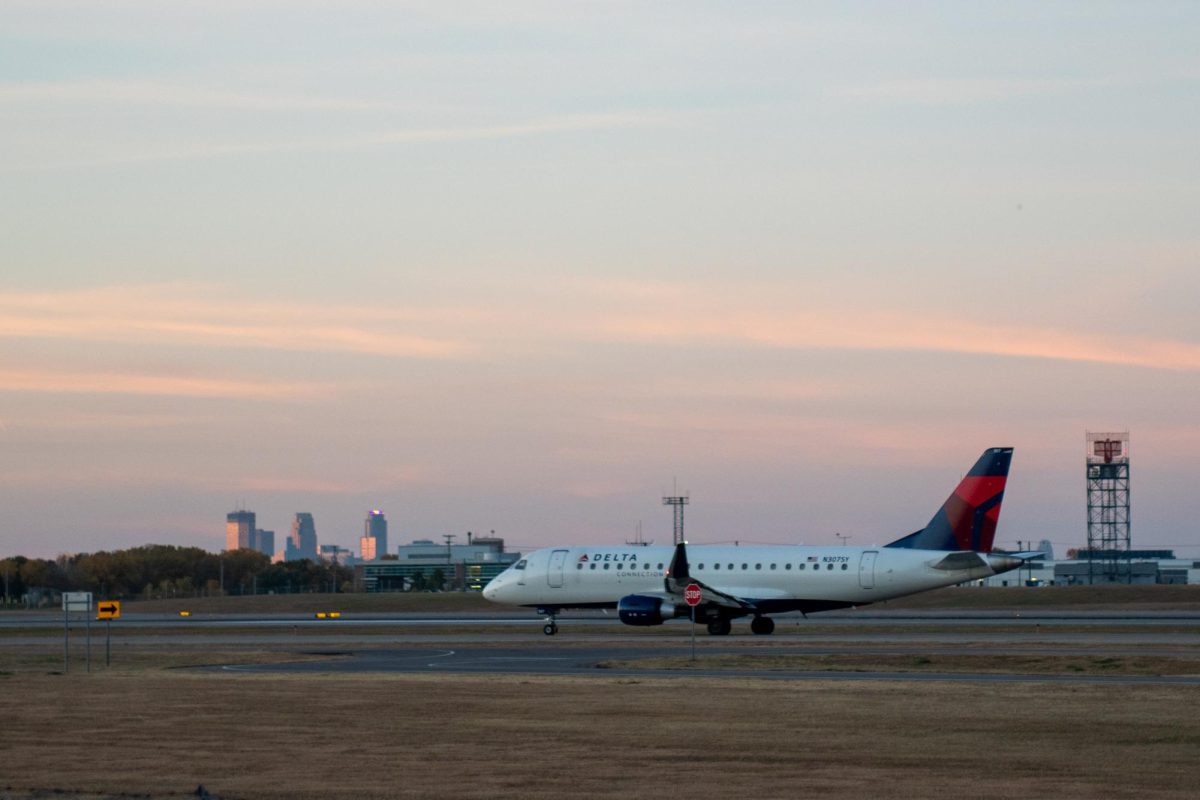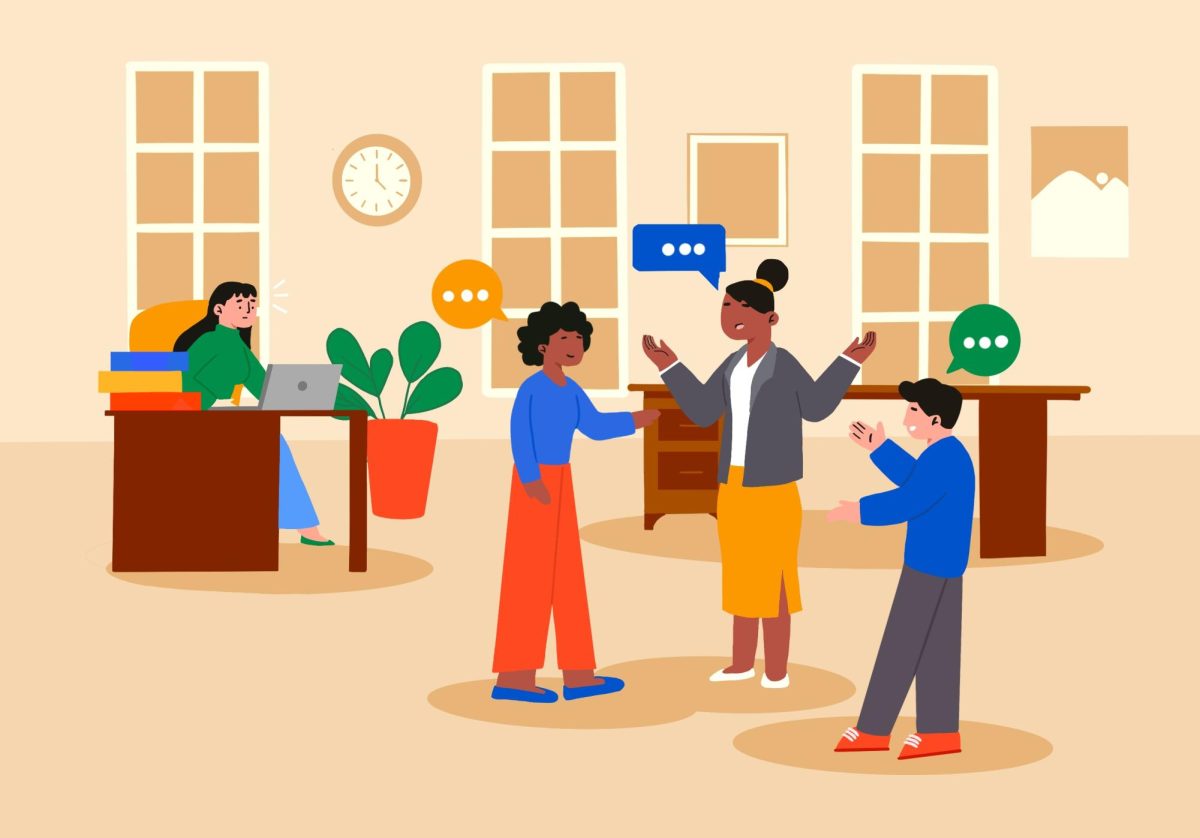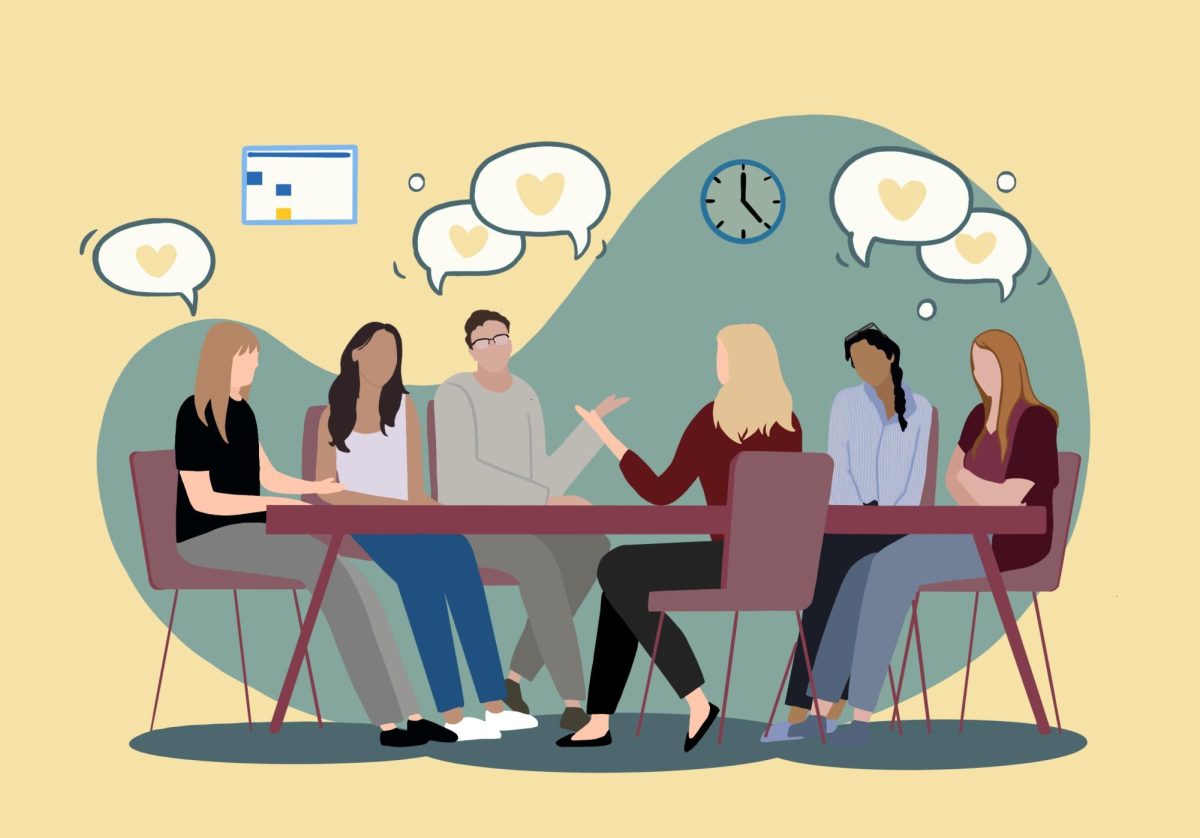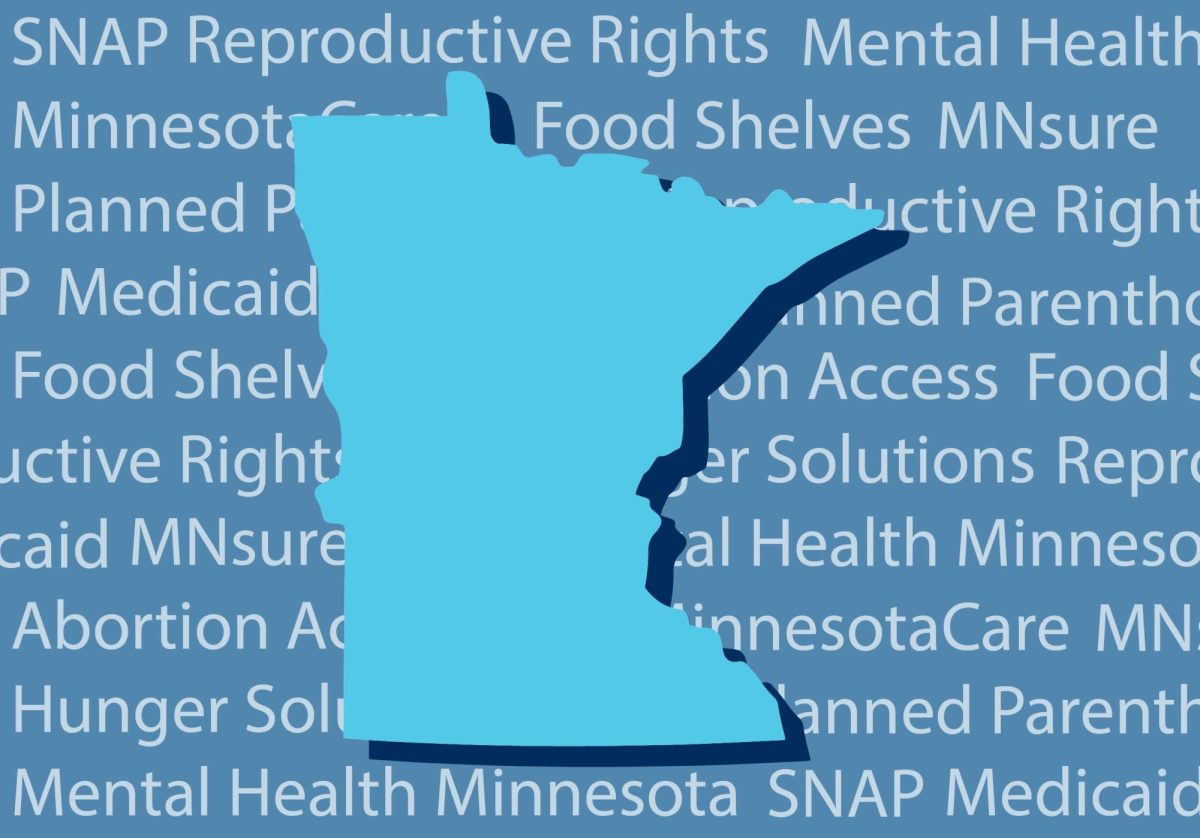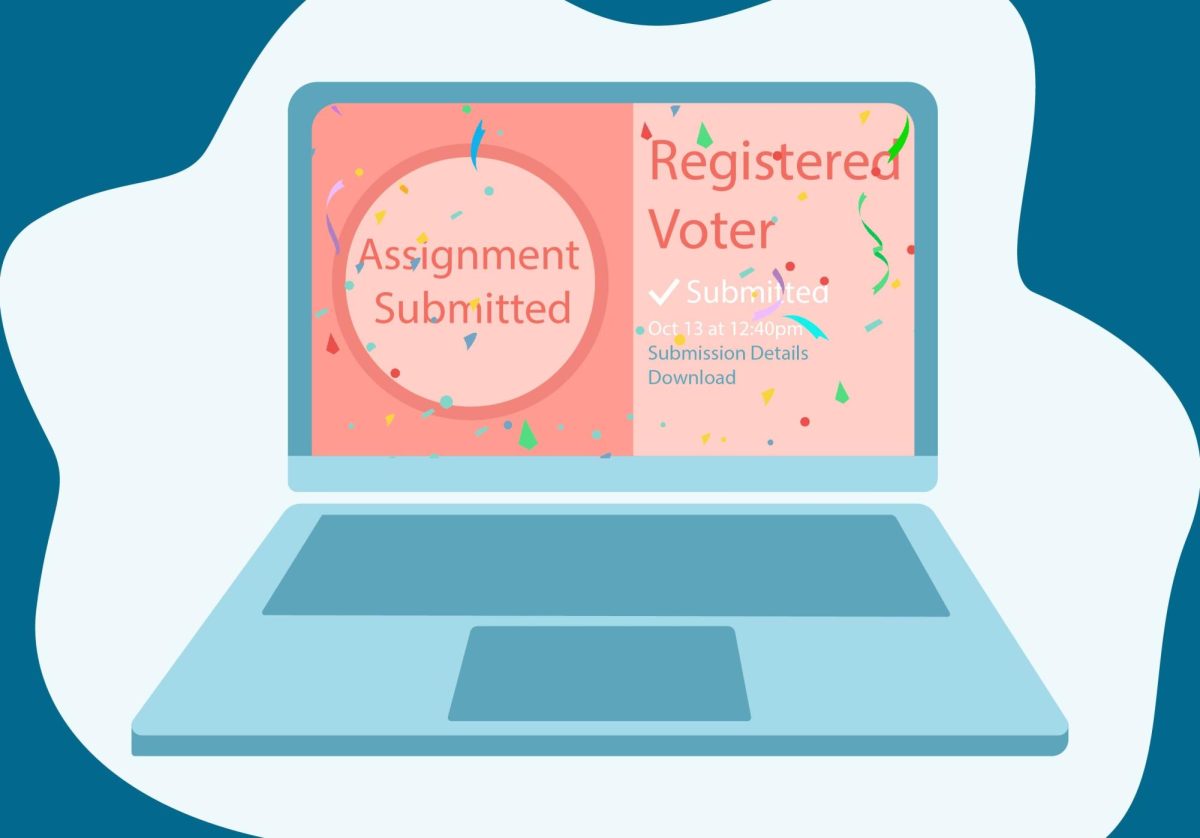It’s a stunning day in June when you tear your ACL. You didn’t mean to –– you work part-time while you’re in school.
But it’s a breezy 76 degrees out. You have the day off work. You grab a few friends and a soccer ball, and you head somewhere green. You’re only a few minutes into the game when you lunge past your buddy for the ball and: POP! There goes your ACL.
All the way to the urgent care center, you think: “Man, I’ve gotta tell my manager I’m not coming in tomorrow.”
At some point in their lives, everyone is going to need to take time off work to take care of themselves or a family member. This can mean welcoming a newborn or adopted child, caring for a sick parent or recovering from an illness like long-COVID-19.
These needs are inevitable, but for many they are tainted with unnecessary distress over the financial consequences.
Making a full recovery from a torn ACL, for example, is a weeks- or months-long process, but can put you immediately out of commission for close to two weeks.
Maybe you can take some paid time off? But you took a few days to visit home over Memorial Day weekend and then finals week claimed a couple more. If you’re part-time or new to your job, you might not have any time off, paid or unpaid, accrued. If you’re a habitual gig worker, you likely have no paid sick days or paid leave at all. Can you afford to stay home from work for two weeks?
In Minnesota, a typical worker who takes four weeks of unpaid leave loses nearly $3,700 in income. That’s on top of whatever expenses you might encounter if that time away means a hospital stay or recovery, traveling to care for an ill relative, adopting a child, caring for a newborn or any other costly issue that may arise.
About 62% of Minnesotan workers have no access even to unpaid leave. Comprehensive paid leave is even rarer. About 2.5 million workers in Minnesota, 80% of the state’s workforce, have no access to paid family leave.
That is, until now.
At the end of last month, Governor Tim Walz signed a bill to make Minnesota the 12th state (plus the District of Columbia) with a paid family and medical leave social insurance program.
In states without government-provided paid leave, time off is dictated by employers’ sparse and varying policies. The federal Family and Medical Leave Act (FMLA) does allow you to take unpaid leave without fear of losing your job. However, not everyone is eligible under the policy, and many rightly fear its defining characteristic: leave under the FMLA is unpaid.
Under the legislation passed and signed this year, Minnesotans will be entitled to paid medical leave, parental leave, safety leave (for victims of domestic violence), caregiving leave and deployment-related leave. Applicants can take up to 12 weeks of leave in each of two categories — medical leave and other types of leave — per year, for a total of up to 20 weeks of leave in a benefit year.
The policy is portable, following employees from job to job. In this way, the program explicitly extends to part-time, seasonal and temporary employees. Applicants only need to have earned 5.3% of the state’s average annual wage in the 12 months prior to starting their leave; currently, that’s about $3,500 in total over a year.
These criteria will allow even people like undergraduate students and graduate workers, who are often locked out of eligibility for these benefits, greater access to paid family and medical leave.
Under this program, you can rest easily. You lie back on the examination table in the urgent care clinic. Your parents are on their way. The pain meds are finally kicking in. You text your manager: hey, so I tore my ACL and I can’t come in tomorrow. Just so you know.
Little dots burble at the bottom of your screen. Your manager is typing.
The program will be administered by the Minnesota Department of Employment and Economic Development (DEED). As for what the process of receiving benefits will look like, the ink is still drying on Governor Walz’s signature. The state government still has almost three years to design the program’s specifics before it goes into effect on Jan. 1, 2026.
“Over the next couple of years, we’ll be building out the systems to allow people to apply to the program,” Evan Rowe, the DEED deputy commissioner, told MPR News’ All Things Considered. “Really what we’re aiming to do is to implement a system that will be really simple and straightforward for folks to use.”
This victory is a sweet one: the cherry on top of a progressive legislative session sundae. While not without its shortcomings, this session passed everything from abortion and trans refuge bills to healthcare expansion for undocumented immigrants to mandated paid sick days to increased funding for mental health support, child care and homelessness services.
Congratulations, Minnesota, and thank you to our hardworking and determined state lawmakers!




